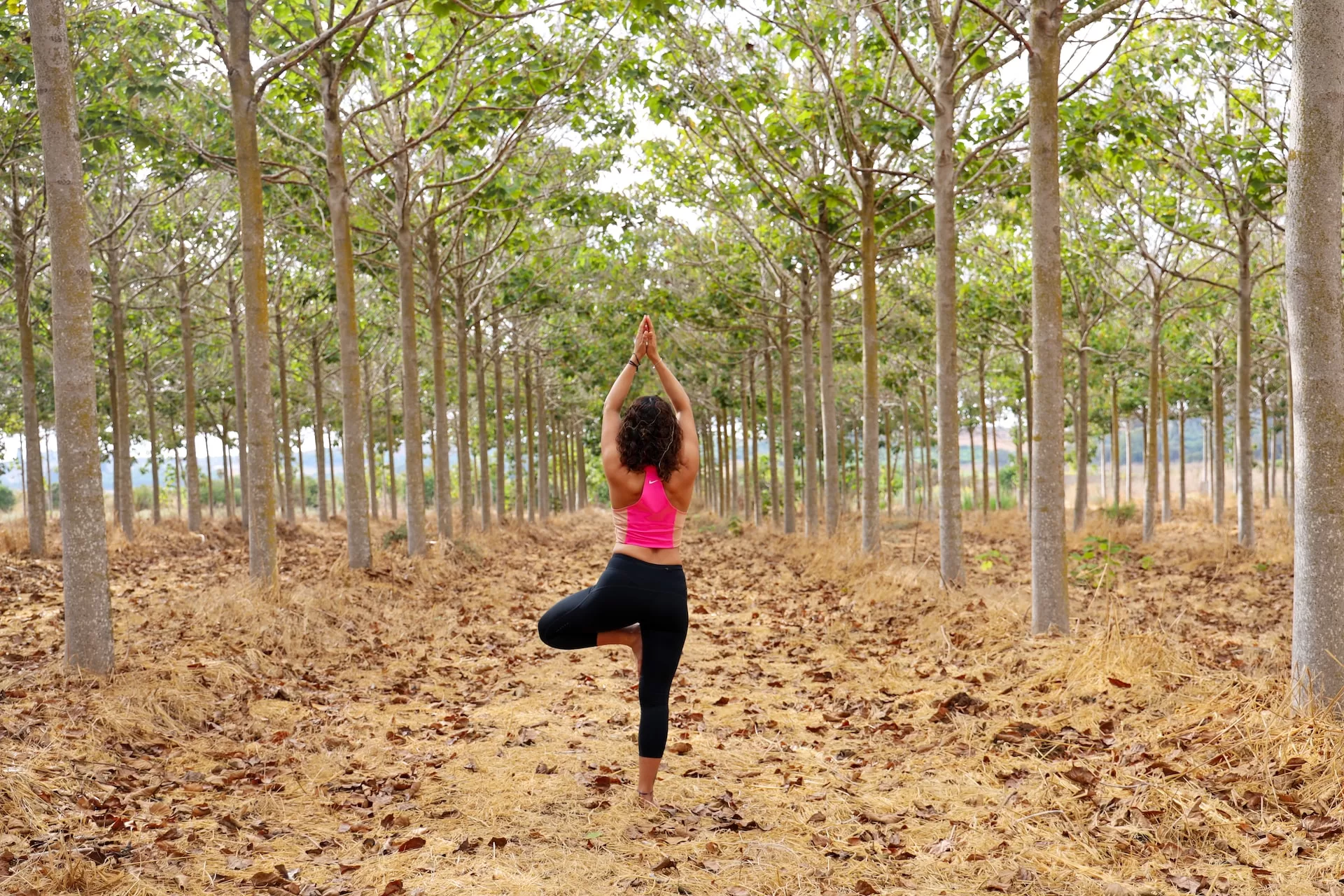Introduction
The world of Yoga, its traditions and its various postures, provide an invaluable source of healing and strength. Vrikshasana (Tree Pose) is one of the most used postures within formal Yogic practice, primarily due to its many varied physical and mental benefits. In this article, we will uncover the depth of understanding behind this unique and powerful posture, to explain why it is so beneficial and to provide an understanding of how to practice the posture with precision and poise.
Understanding the Strength at the Core of Tree Pose
Tree Pose is a fundamental part of many Hatha Yoga sequences, used both as a warm-up and as part of a more in-depth meditation routine. On the surface level, the posture looks relatively straightforward; however, the reality is often a little more complicated. To understand why it is so powerful, and so essential for a Yogi to understand, it is necessary to explore the foundational elements at the core of the posture.
The Power of Asymmetry: Utilizing the Body
When we observe a person in the Tree Pose, the first thing we notice is the asymmetrical nature of the pose. That is to say; in a world that prizes symmetry and balance, we observe a human body that is far from it. The Asymmetry is what gives this simple posture its power; by standing on one leg and balancing, we activate two very different energy sources located within the body. The left, and the right.
The pose creates harmony between physical, emotional and psychological aspects, so it is seen as a perfect combination of stability and flexibility. When done correctly, it can increase focus, improve posture and strengthen the core.
To begin, stand firmly and flat on your feet. Your feet should be firmly together and your body weight should be evenly distributed. As you inhale, draw your arms up above your head and bring your palms together. Exhale and press your palms into one another. Firmly root your feet into the floor, then begin to transfer your weight onto your right foot, lifting the left foot off the ground. Next, gently open your hips and use your hands in order to move the left foot up, pressing the sole of the left foot towards the inner body of the right ankle or shin .
As you do this, ensure that the knee of the lifted leg is kept facing outwards. Bring awareness to the four corners of your feet, pressing each corner into the floor. As you become more comfortable in the pose, you may lightly press the sole of the lifted foot against the inner thigh of the standing leg, creating the grounding balance of Vrikshasana.
Finally, remain in the pose and extend your spine up towards the sky. Move your hands towards your hips or overhead, bringing the focus of your attention to the root of your body and the energy drawing up your spine.
Take a few moments to bring an even breath between the right and left sides of your body as you stay focused and composed in the pose.
To exit the pose, slowly and gently release your hands to your hips, bring your left foot back to the ground, and find the same balance between your feet.
Take a moment to observe any changes within you, celebrating the stillness of the pose.
Pranayama: Breathing Into the Awareness
Very often, when talking about the Tree Pose, we forget about the most essential element that makes it so powerful; the breath. Pranayama is the practice of conscious, regulated and even breath work, used to allow the mind to relax and progress into the deeper realms of meditation and internal peace.
A key component of Pranayama breathing is Ujjayi breathing; this form of breath work is generally associated with the Tree Pose as it encourages us to stay connected to the breath, ensuring that we never lose awareness.
In this way, we can learn to control the breath, to allow it to remain balanced, which then allows the yogi to remain in the posture longer. Ujjayi breathing consists of the yogi inhaling and exhaling with the mouth closed and the throat gently constricted. This breathing practices ensures that we keep our focus on the breath, and allows us to deepen the awareness surrounding the posture.
Conclusion
By delving into the depths of the Tree Pose, we are able to discover the unique power of this cornerstone of the Yogic practice. In doing so, we can unlock a profound understanding of how the body can be used as a tool lift us up and out of the physical realm, accessing the deeper wisdom of the spiritual realities. With the combination of Asymmetry and Pranayama breathing, we can unlock the power of the Tree Pose, and gain insight and inner strength in the process.

